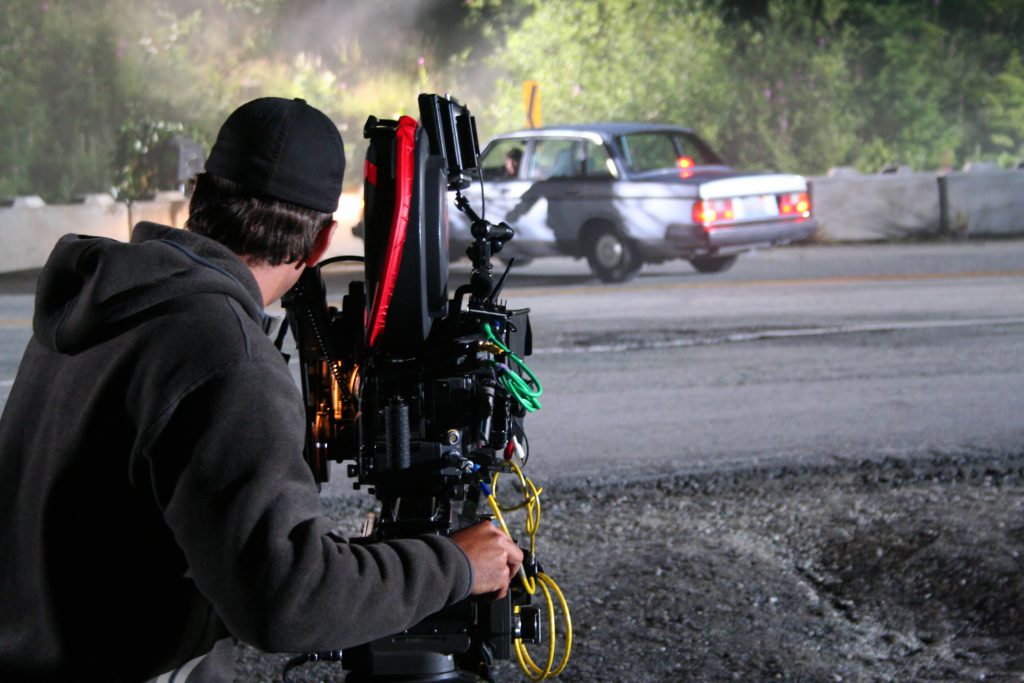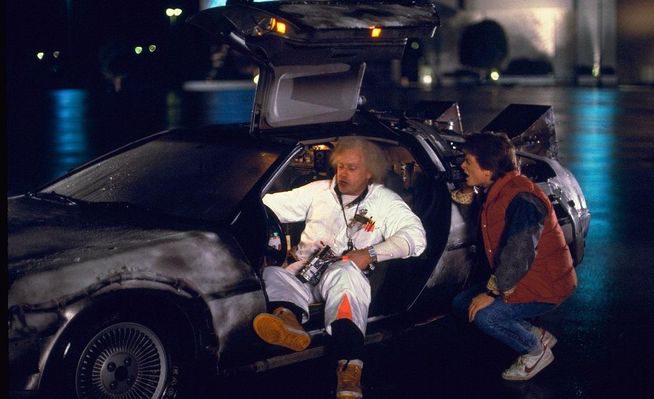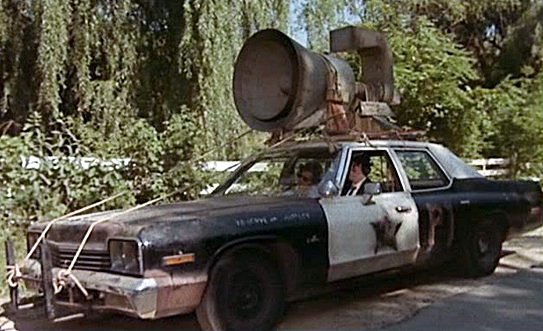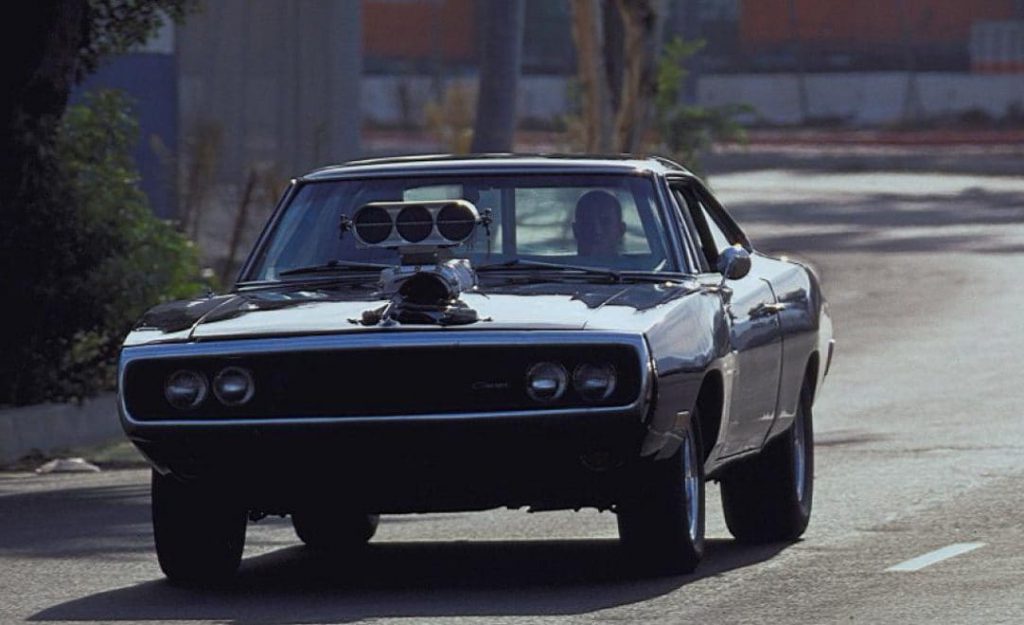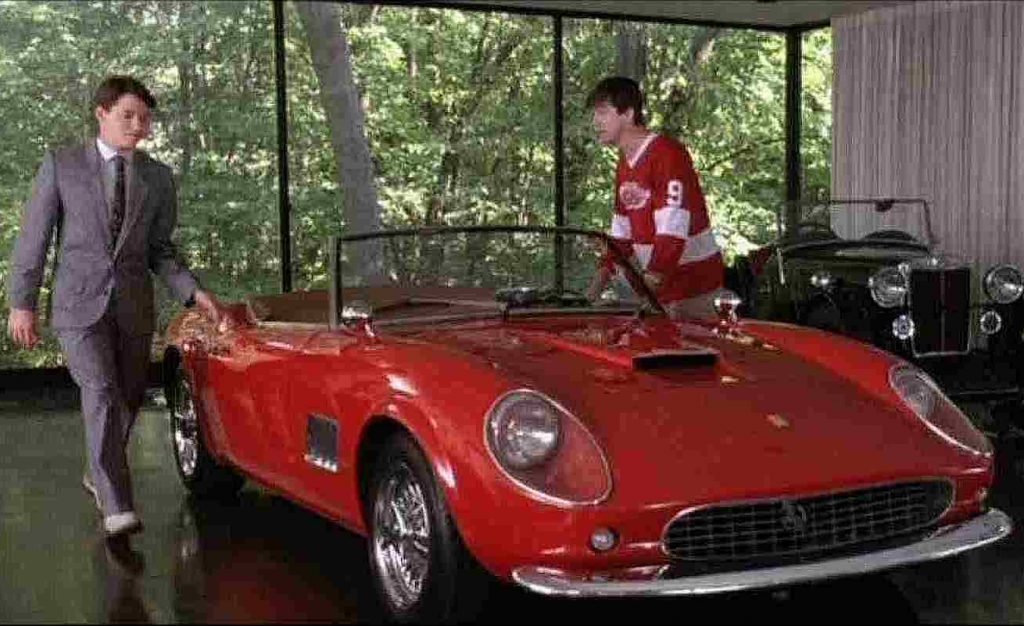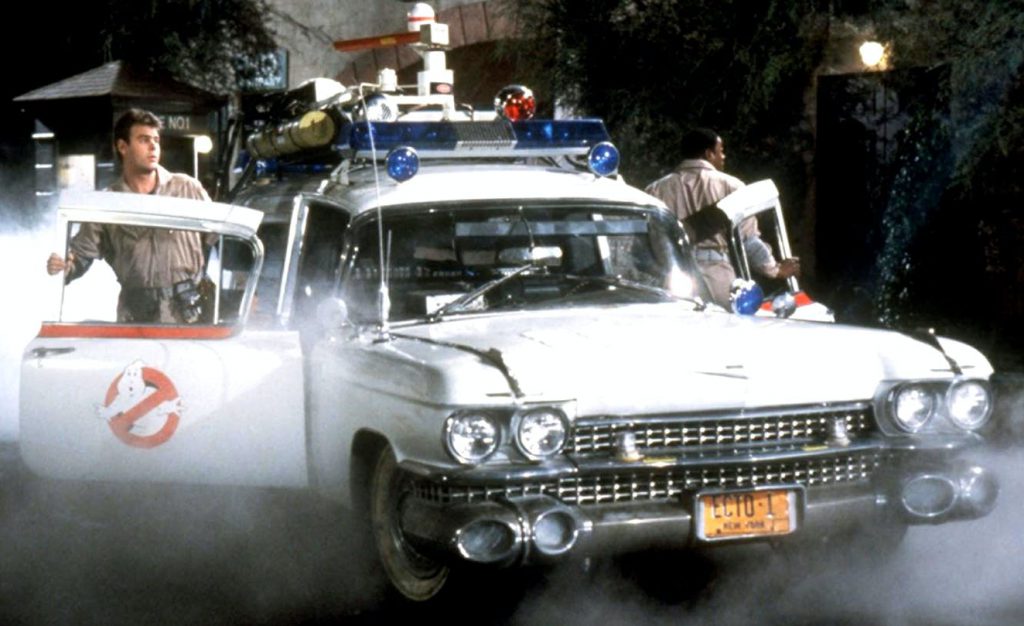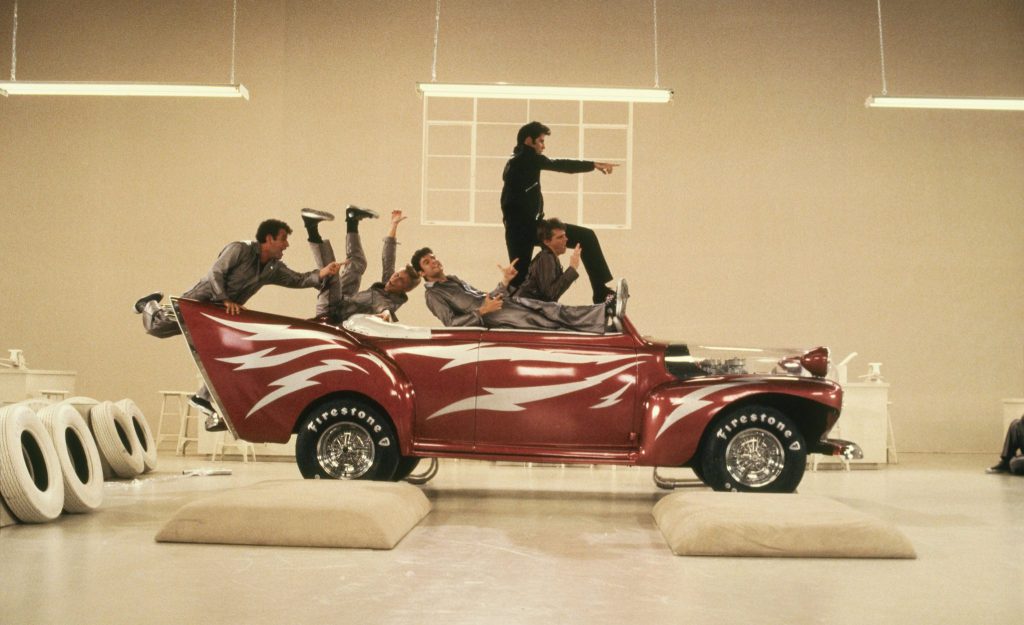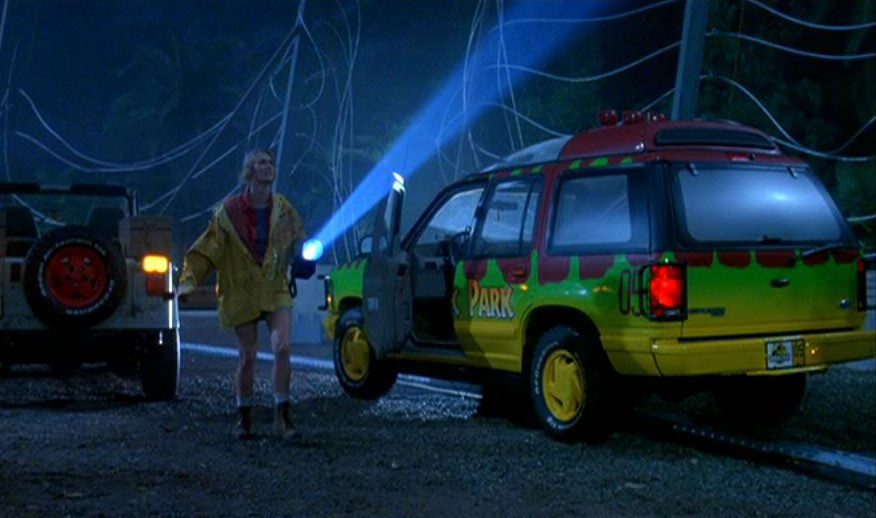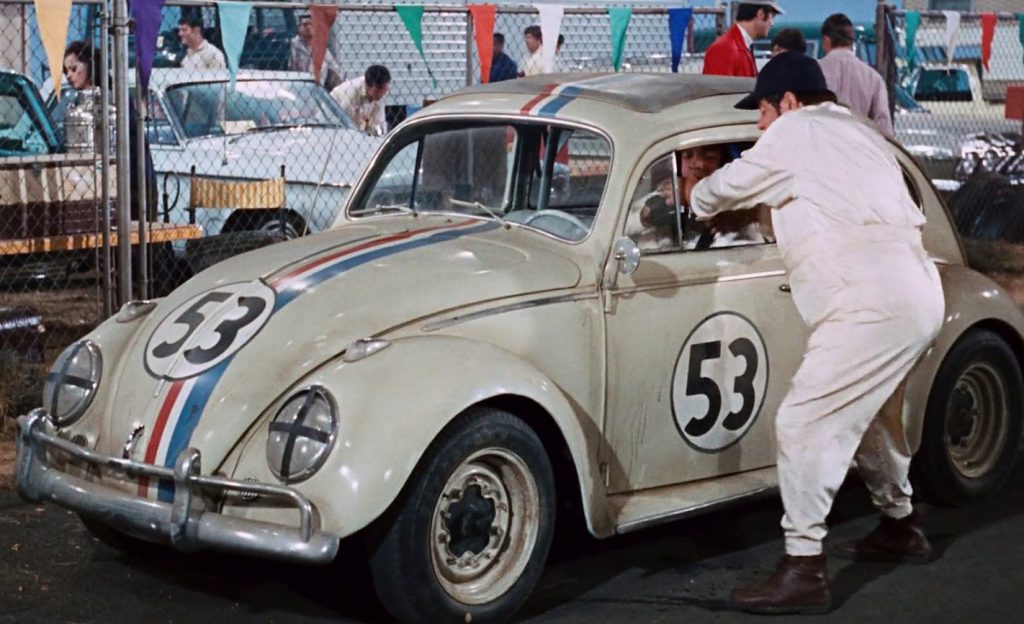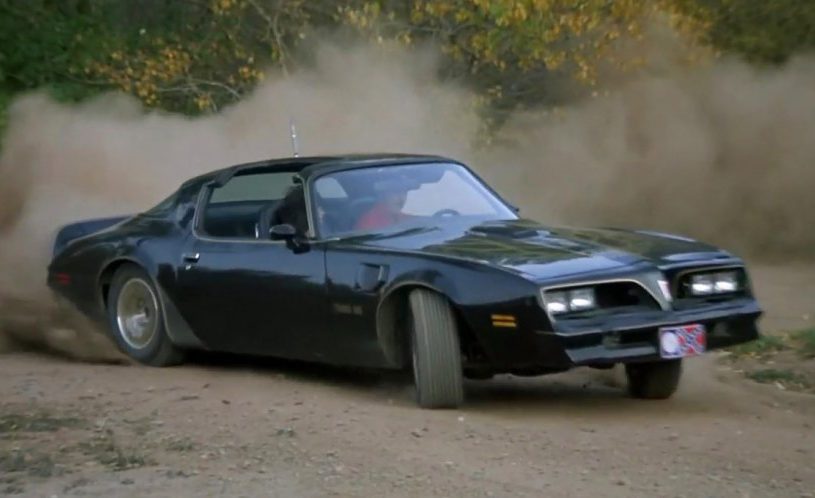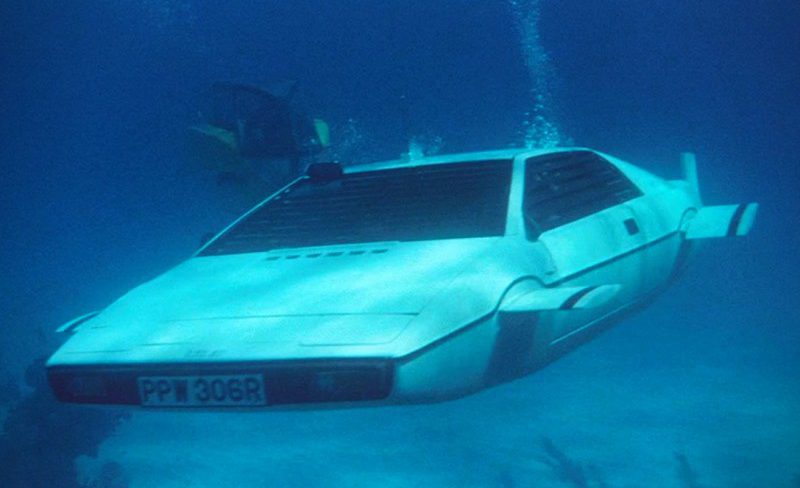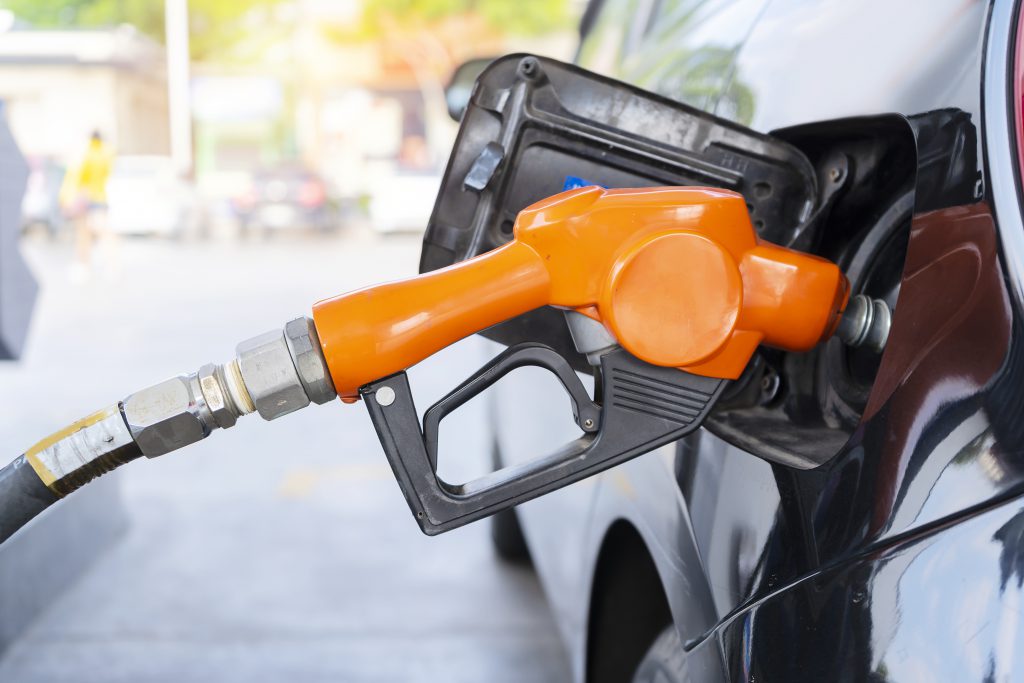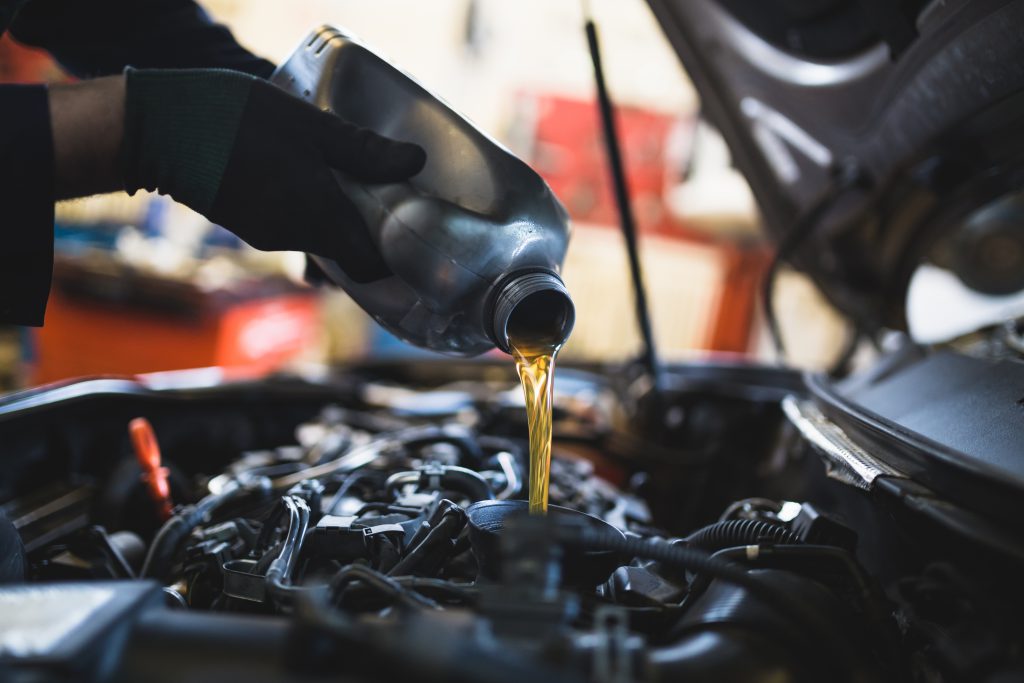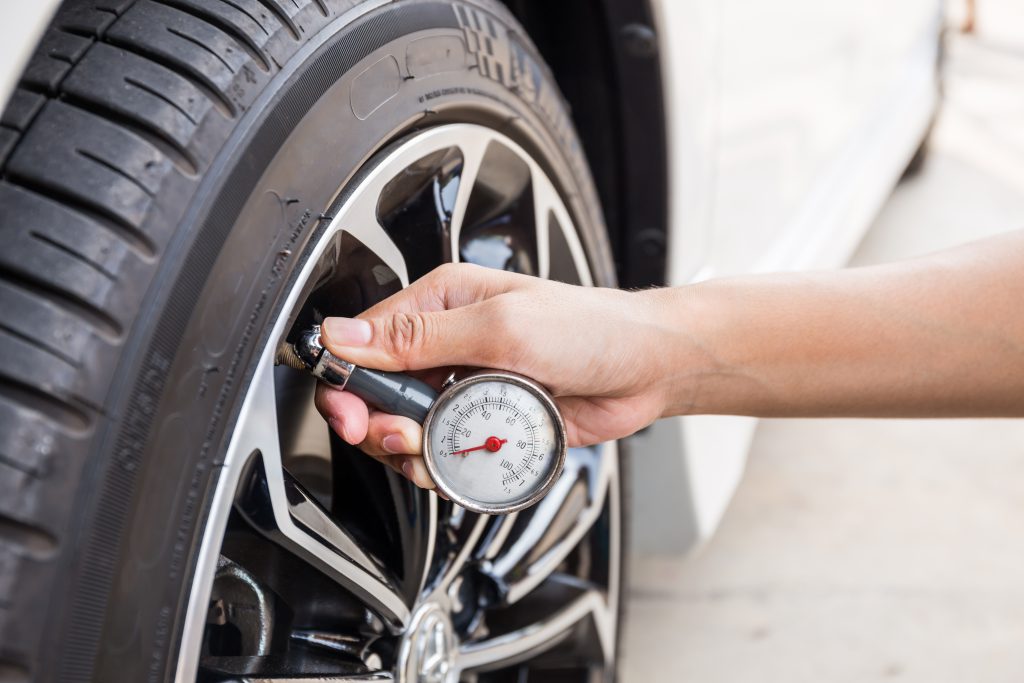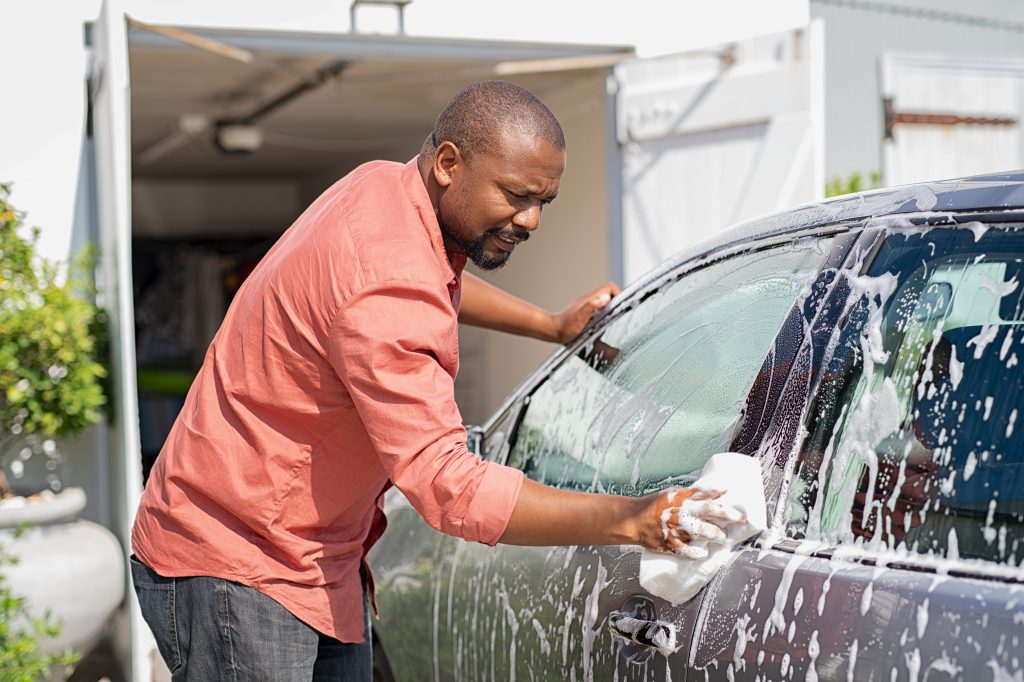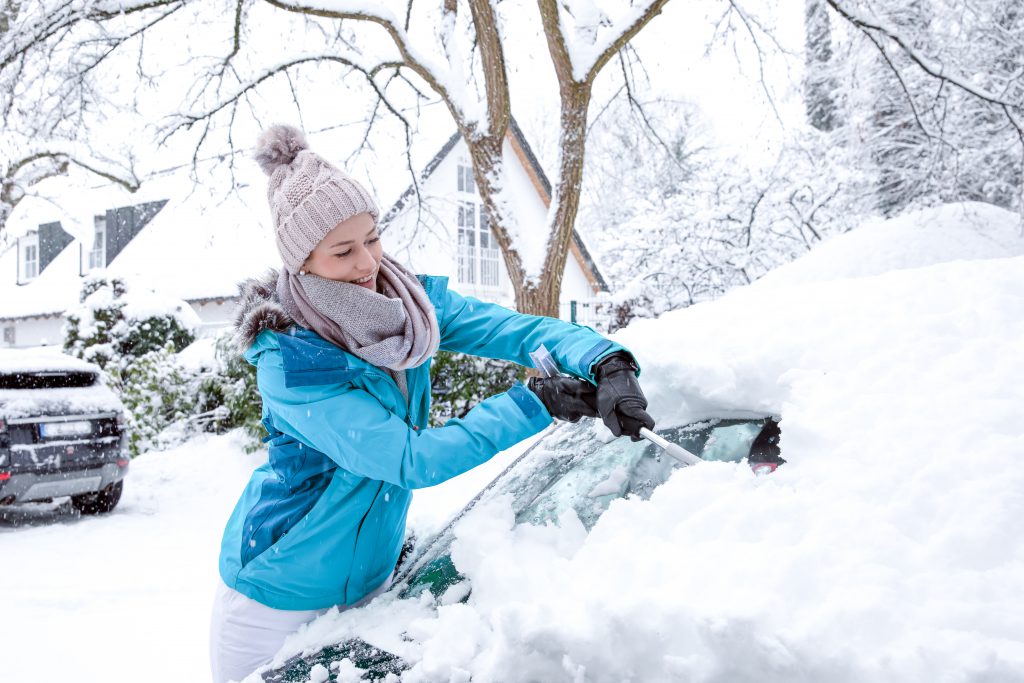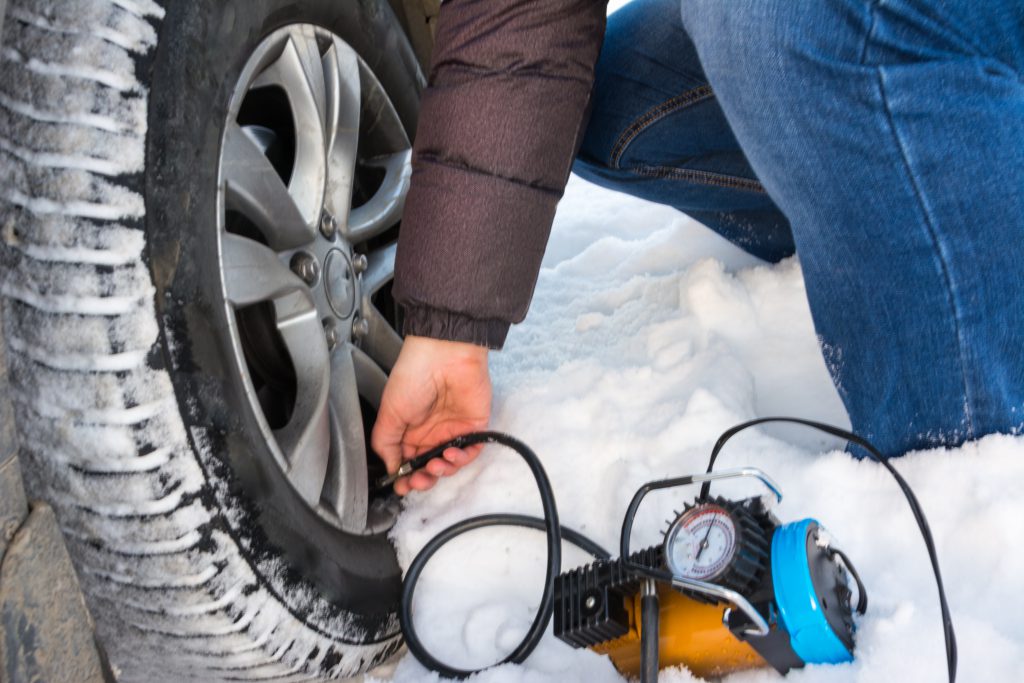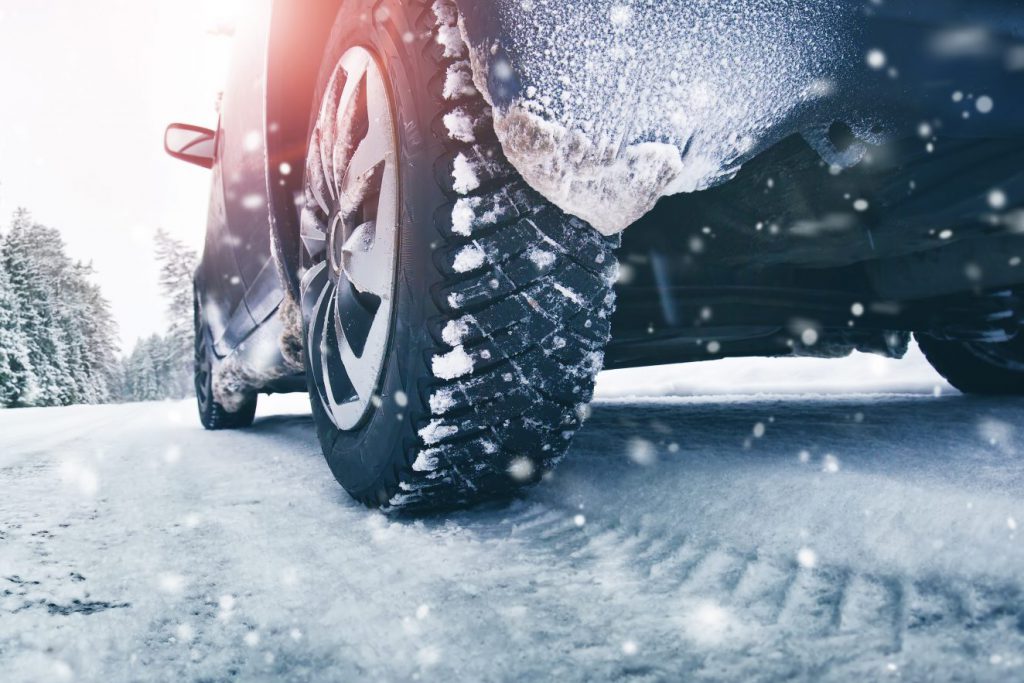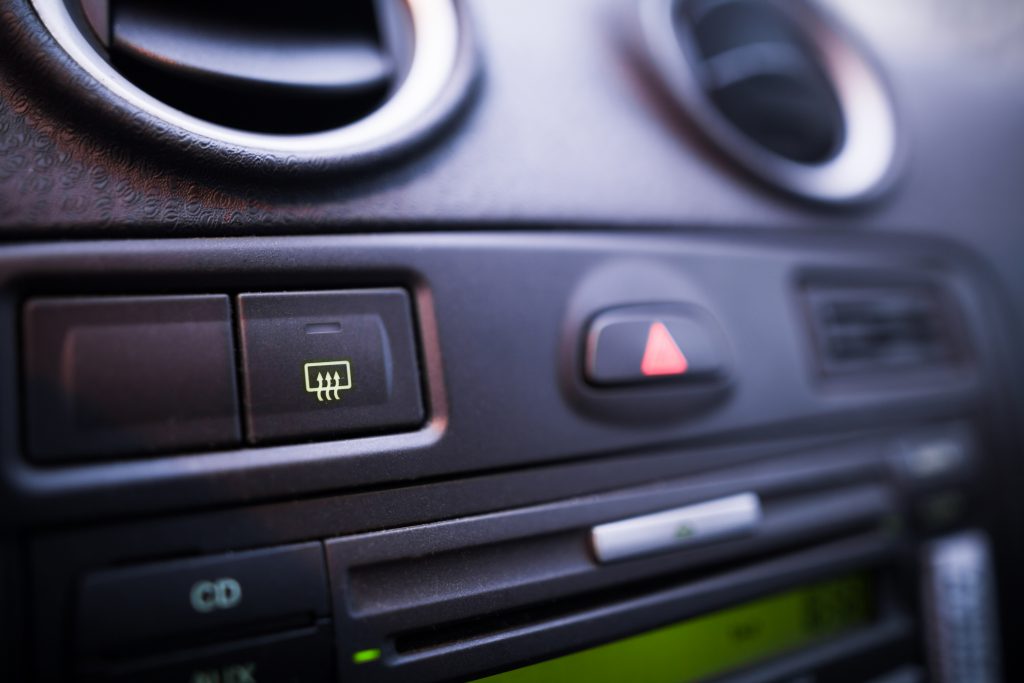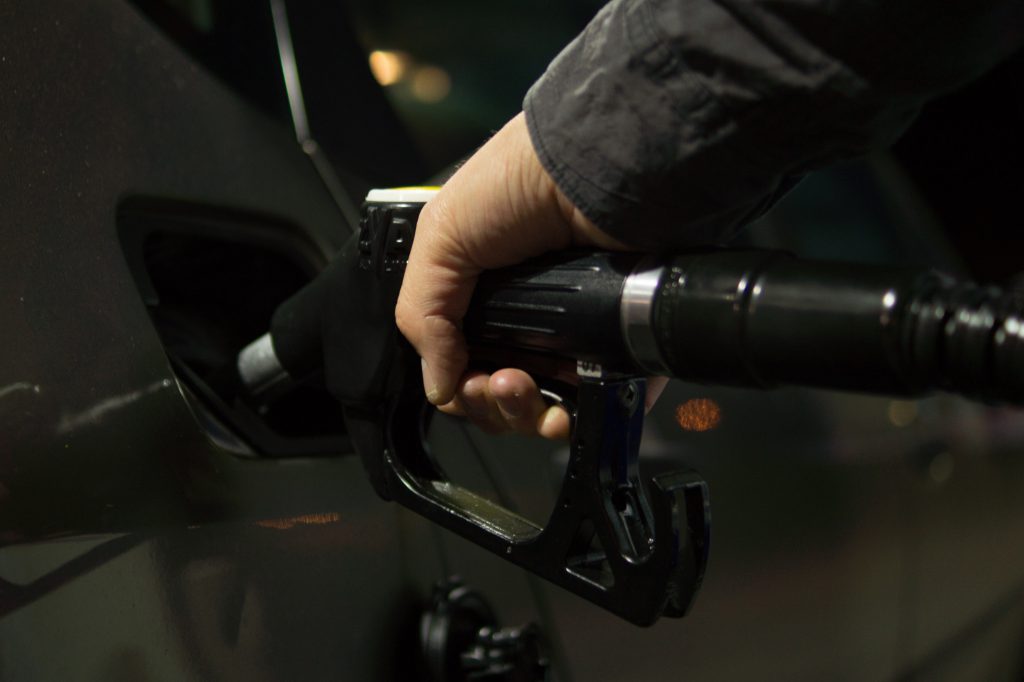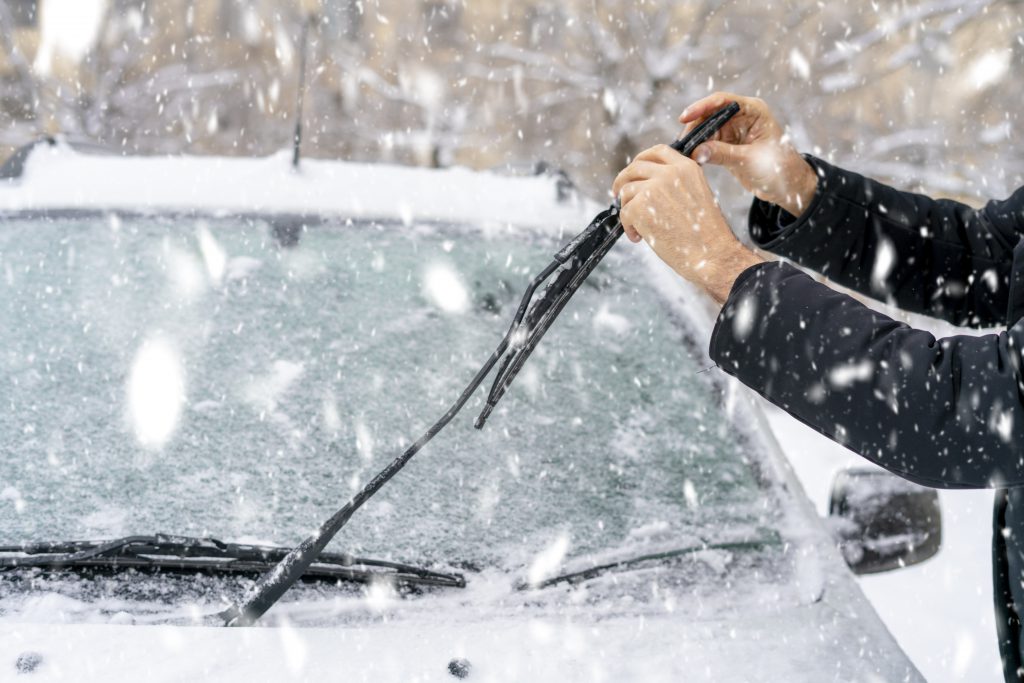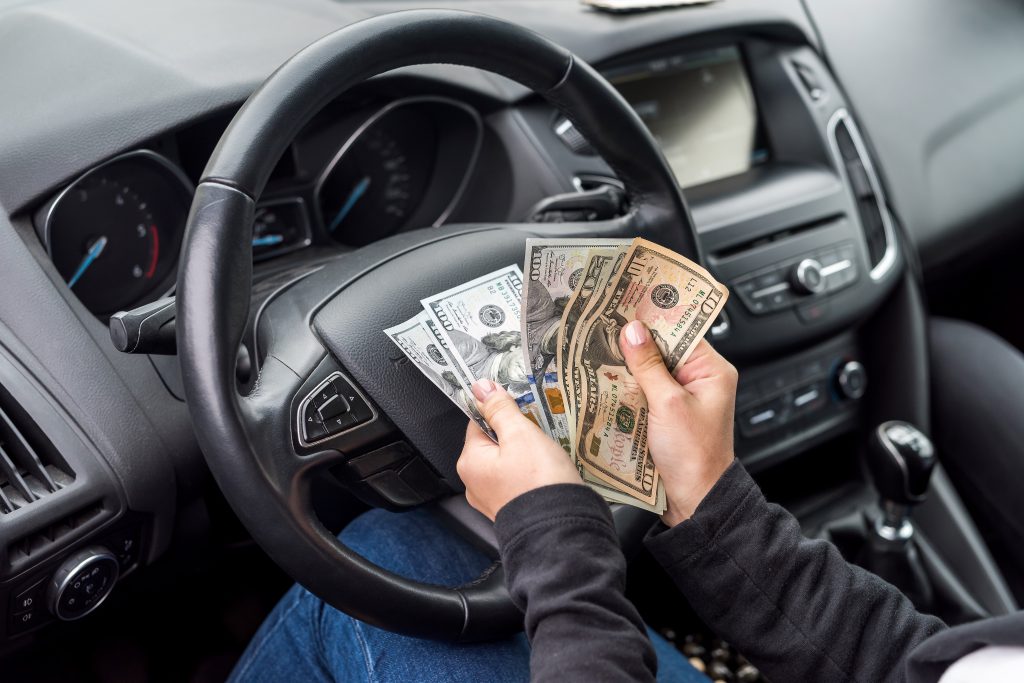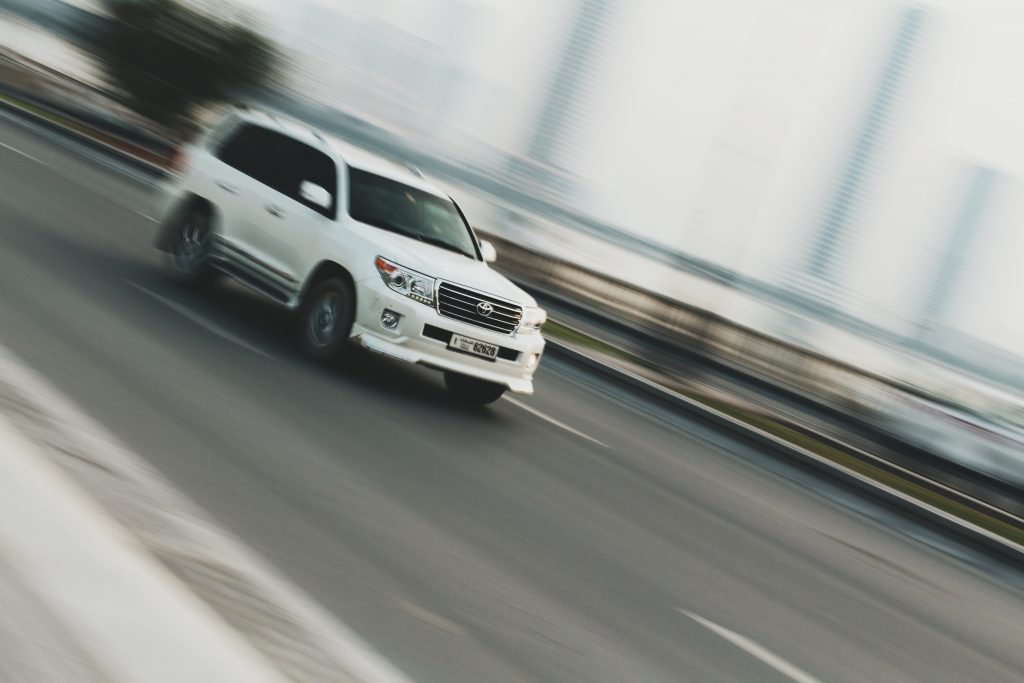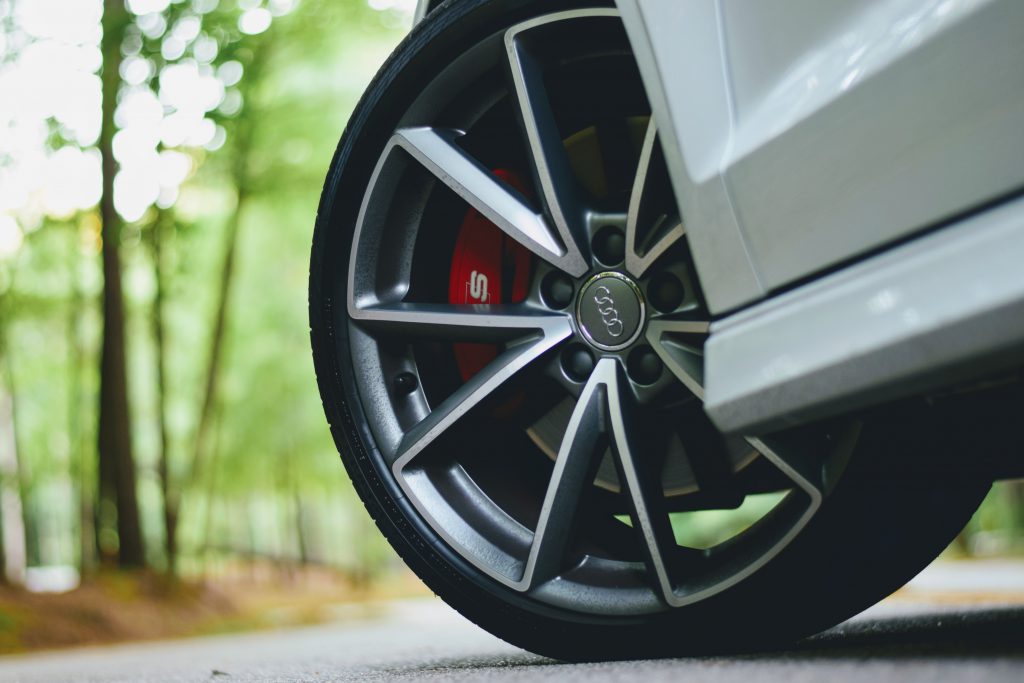The Top Spring Car Maintenance Tips

The Top Spring Car Maintenance Tips
Spring is almost here, which means it’s the perfect opportunity to get your car in top shape for the warm months ahead. Regular maintenance is essential to keep your vehicle running smoothly and safely, and there are a few key things you should do to prepare your car as we get ready to say goodbye to winter. Here are our top spring car maintenance tips.
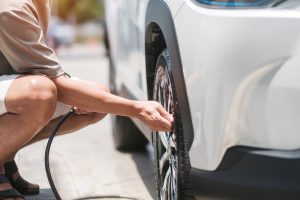 Check your tires: Cold weather can be tough on tires, so make sure they are properly inflated and have enough tread left. Consider getting a tire rotation to ensure even wear and extend the life of your tires.
Check your tires: Cold weather can be tough on tires, so make sure they are properly inflated and have enough tread left. Consider getting a tire rotation to ensure even wear and extend the life of your tires.
Change your oil: Regular oil changes are crucial to keeping your engine running smoothly. Many experts recommend getting your oil changed every 3,000 miles or every three months, whichever comes first.
Inspect your brakes: Brakes are one of the most important safety features on your car, so it’s important to make sure they are in good working condition. Have your brake pads and rotors checked to ensure they are not worn down and need replacing.

Check your battery: Cold temperatures can be tough on car batteries, so it’s a good idea to have it checked in the spring. Make sure the battery terminals are clean, and if your battery is more than three years old, consider replacing it.
Clean your car: Spring is the perfect time to give your car a good cleaning. Not only will it look better, but it will also help protect the paint and prevent rust and corrosion.
By following these simple maintenance tips, you can help ensure your car is ready for the road this spring. It’s important to remember that regular maintenance will save you money in the long run by preventing costly repairs.
The Top Spring Car Maintenance Tips Read More »

